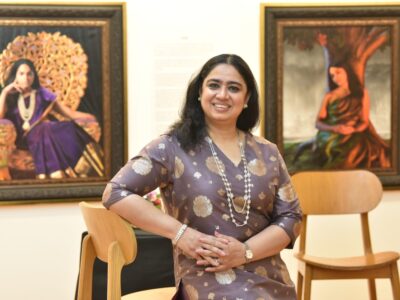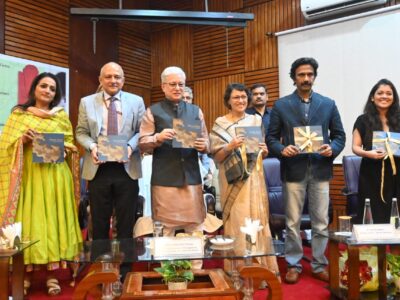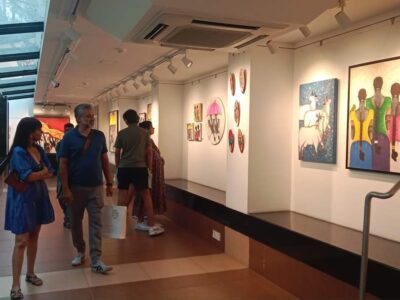Asli Art Fair – Annual Student Learning Interaction, an art fair initiated and supported by the students and staff of JNAFAU, Hyderabad at JNAFAU showcased Muskaan’s work that deals with the freedom of women, especially Muslim women ripped of their basic rights, writes Sahithi Kalyanam

Hyderabad is quite rich in art and heritage, but the culture of art festivals is still not widely popular. Other metropolitan cities across the country, have decades old art festivals and fairs; India art fair, Kochi biennale, Kala Ghoda Festival, Serendipity and others. In this context, ASLI, Annual Student Learning Interaction, an art fair initiated and supported by the students and staff of JNAFAU, Hyderabad stands out for its format. It serves as a way for young students to create a platform for themselves, to showcase and explore art, contemporary mediums and methods.
Art practice in Hyderabad has always been quite interdisciplinary and an amalgamation of traditional, contemporary and personal elements. The Hyderabad Literary Festival also provides platforms for artists to showcase their work and engage with the public. Young artists are in fact building on to these values by adding a more global and contemporary context to it. ASLI Art Fair captures such extraordinary work of young artists of Hyderabad and JNAFAU College of Fine arts in particular.
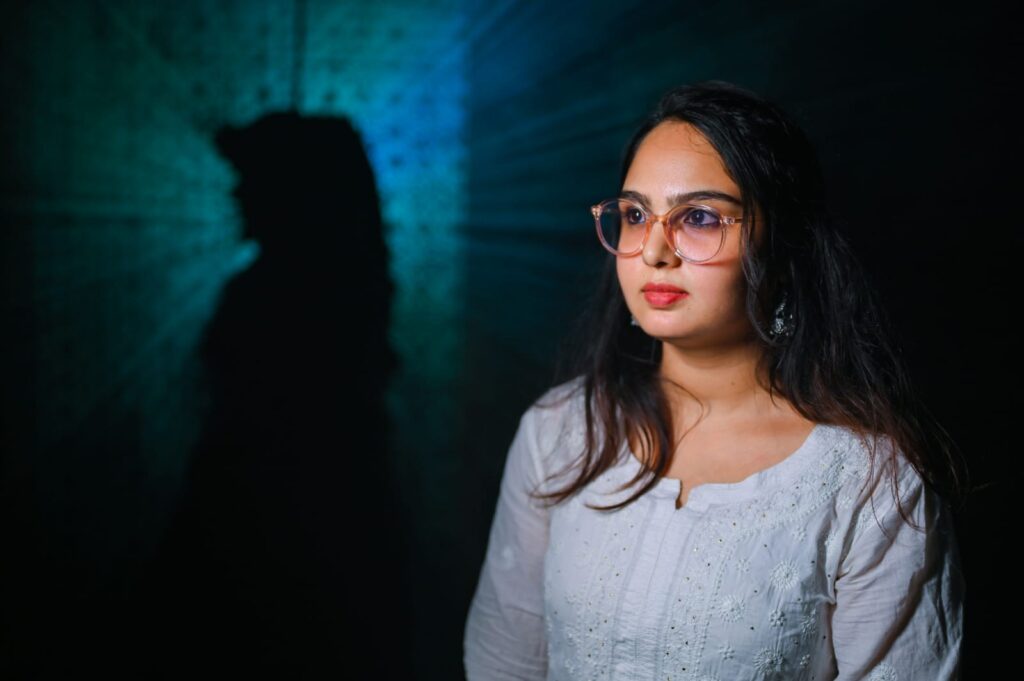
Amongst the amazing works displayed by the students – One work that stands out to me is the work of a young artist, Muskaan. She is a final year student of The Department of Painting, college of Fine arts, JNAFAU. Her work is a huge stencil cut, that involves geometric designs of ‘Jaali’ art. Jaali is a type of decorative screen or lattice that is commonly used in Islamic architecture. It is made up of geometric patterns of interwoven lines, and is often made of wood, stone, or metal. Jaali screens are used to create intricate patterns of light and shadow, and they can serve both a decorative and a functional purpose.
Muskaan’s work deals with the freedom of women, especially Muslim women who have been ripped of their basic rights. In Iran, the government has imposed strict rules about the wearing of hijab, and women who do not adhere to these rules can be punished. This has led to protests and demonstrations, as some women feel that the hijab should be a matter of personal choice. In Afghanistan, the Taliban, a radical Islamic group that controlled the country from 1996 to 2001, required all women to wear the hijab. This led to widespread opposition from Afghan women, who resisted the Taliban’s attempts to impose their strict interpretation of Islamic dress codes.
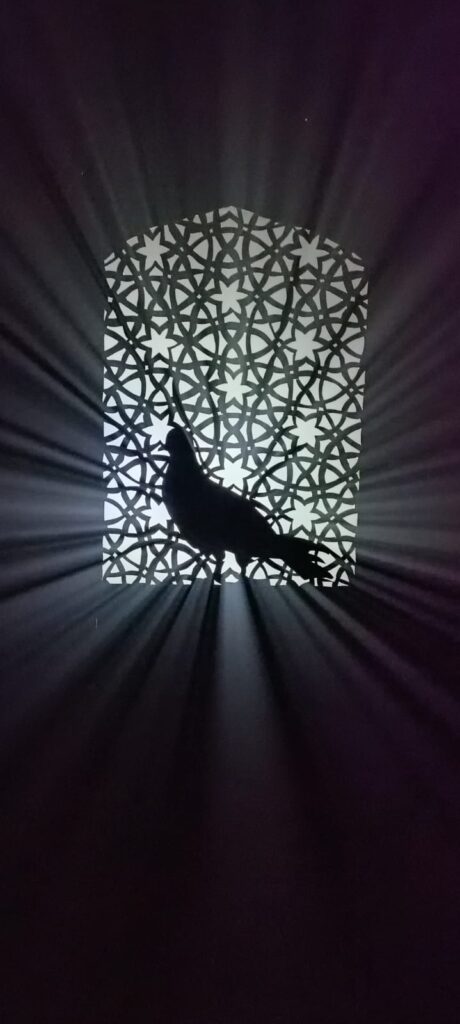
Whereas in Karnataka, a state in India, there have been controversies over the wearing of hijab in schools. Some schools have banned the hijab, arguing that it is not a part of the school’s uniform and that it may cause discomfort or distraction for other students. However, this decision has been met with resistance from some members of the Muslim community, who argue that the hijab is an important part of their cultural and religious identity.
Both of these protests are equally valid and reasonable. Muskaan in her work depicts this seizing of freedom from women through a Silhouette of a Muslim woman; The woman is seen as standing in the frame of a Jaali window, unsure of her position, it is not apparent if she is standing in front of the grill or behind the grill – which is a symbolism to the woman’s feelings, whether she feels protected or caged by these rules. ‘I was inspired by the word of Kara Walker’, Muskaan adds. Kara walker is an American contemporary artist, who works with silhouettes and installations, while exploring race, gender, sexuality. The use of smoke and light creates an atmosphere similar to the one in Mosques and other Islamic architectural structures. ‘The use of pigeon and Diya in my work symbolises the idea of freedom and knowledge in regard to the situation and creates an understanding of what it should be.’ She adds as she talks about her installation.
The silhouette adds to the intensity of the work, since it keeps the identity of the woman anonymous. It is still a great deal for a lot of women to come out of their shells and fight for their rights due to societal pressure and situations around them. What is more interesting about this installation is that it talks about two sides of the coin, relating it to both sides of the argument. Validating both sides of a society, without leaving one out. Great art comes from experiences and sensitivity to issues, it comes from respect and understanding of different opinions, religious, cultures and feelings that need to be addressed and this installation does at great job at being one.



